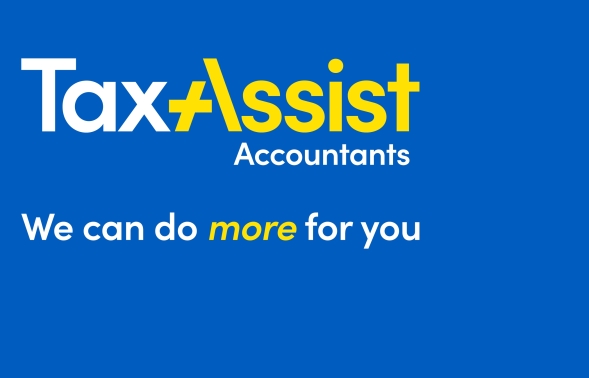In this legal update, we focus on the types of leave which employees may request and employers must provide.
Employee leave is one of those 'back to basics' topics that sounds easy enough but, for employers, there can be a lot to remember. That's why we're here to help!
Before we start: in some cases even where an employee is entitled to leave that does not, automatically, mean they are also entitled to pay for that period. They may need to satisfy eligibility requirements: these vary but, normally, your employee must meet length of service (usually 26 weeks) and earnings (usually the minimum earnings threshold) criteria.
So, here's a round up of the types of leave available to employees:
Sick leave and holiday leave
All employees have a statutory entitlement to sick leave and holiday leave. Legally, the minimum amount of holiday leave to which all employees are entitled is 28 days per year (or the pro rata equivalent).
All employees are entitled to paid holiday leave (how you calculate that pay is a whole different topic) but only eligible employees are entitled to statutory sick pay.
Family related leave
All employees have (where applicable) a statutory entitlement to maternity, paternity, shared parental and/or adoption leave. Eligible employees are entitled to statutory pay (for some or all of the leave period).
Note: you may have spotted that there is no specific surrogacy leave and pay. This is because the various types of family related leave, above, also cover individuals in a surrogacy arrangement.
Parental bereavement leave
As of April 2020, employees have a statutory entitlement to parental bereavement leave (where they experience the death of a child or a stillbirth after 24 weeks of pregnancy). It's available to all employees from day one of employment.
Eligible employees are entitled to statutory pay for the full period.
Other types of leave
Employees also have a statutory entitlement to the following: time off for antenatal/adoption appointments, parental leave, time off for dependants, time off for public duties and time off for study/training. In addition, most (in our experience, all) employers provide general compassionate leave - though, interestingly, this is not a statutory entitlement in and of itself.
The eligibility criteria and entitlements, for leave and pay, vary in each case.
Discretionary types of leave
In addition to the statutory entitlements, employers may offer additional types of leave (although there is no legal requirement to do so). Examples include career breaks, sabbaticals, time off for volunteering and unpaid time off.
Employers can also offer enhanced leave options, extending a statutory right: for example, enhanced sick pay for a certain period or longer paternity leave.
Is anything changing?
There has been talk about introducing carers leave (five days' paid leave per year) and neonatal leave (12 weeks' paid leave). However, nothing has been confirmed: we'll keep you updated.
So what should you do as an employer?
Here are our top tips for employers:
- Understand what types of leave are available to your employees, both statutory and any additional/enhanced entitlements.
- Remember that although most/all employees are entitled to leave, in order to also receive the equivalent statutory pay, they may need to satisfy further eligibility requirements.
- Make leave related information easily available to your employees. Ideally this will be included in your staff handbook. At minimum, ensure your employees know what types of leave exist and how to find out more.
- An employee may use multiple types of leave. For example, someone taking parental bereavement leave may also need other types of time off. Consider everything available.
- Make sure any additional/enhanced entitlements are applied reasonably and consistently.
For further assistance
For advice or assistance with any matter relating to employee leave please get in touch with Laura McMaster.

















